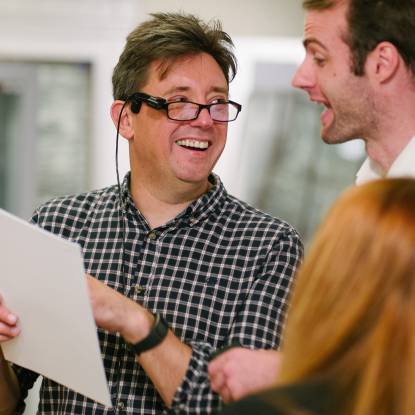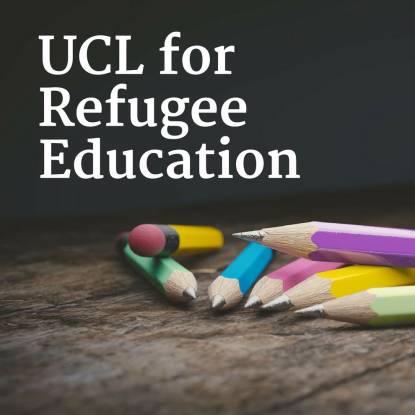New display brings Tutankhamun’s childhood to life

Photo by Rob Whatmough

Photo by Rob Whatmough

Photo by Rob Whatmough

Photo by Rob Whatmough
A free Petrie Museum of Egyptian and Sudanese Archaeology display for school and family audiences, part of a project marking 100 years since the discovery of the tomb of Tutankhamun, explores Tutankhamun’s life as a young boy at the royal palaces of Amarna and Gurob.
In 'Tutankhamun the Boy: Growing Up in Ancient Egypt', objects and archives from the museum collection shed light on the people who lived, worked, and played in these vibrant cities thousands of years ago. The display looks at how wealth and status shaped childhood in ancient Egypt, comparing Tutankhamun’s privileged childhood with those of poorer children. It also explores some of the shared experiences of ancient Egyptian children, including play and medicine.
The display is built in response to children’s questions about Tutankhamun, gathered from children at the project’s partner school, George Mitchell Primary School in east London, and from modern-day Amarna (near the modern city of Deir Mawas, province of El Minia).
Display objects, including ancient Egyptian games, jewellery, and figurines depicting gods and goddesses, have been chosen to respond to the questions that the pupils wanted to ask Tutankhamun, including ‘Who is in your family?’, ‘Do you go to school?’, ‘Who do you worship?’ and ‘What’s your favourite toy?’
Partners supporting the Petrie Museum to deliver this project are UCL Widening Participation and the University of Cambridge’s Amarna Project.
The display and 18-month long wider project are generously funded by the Esmée Fairbairn Collections Fund, administered by the Museums Association on behalf of the Esmée Fairbairn Foundation, and the Friends of the Petrie Museum.
 Close
Close



